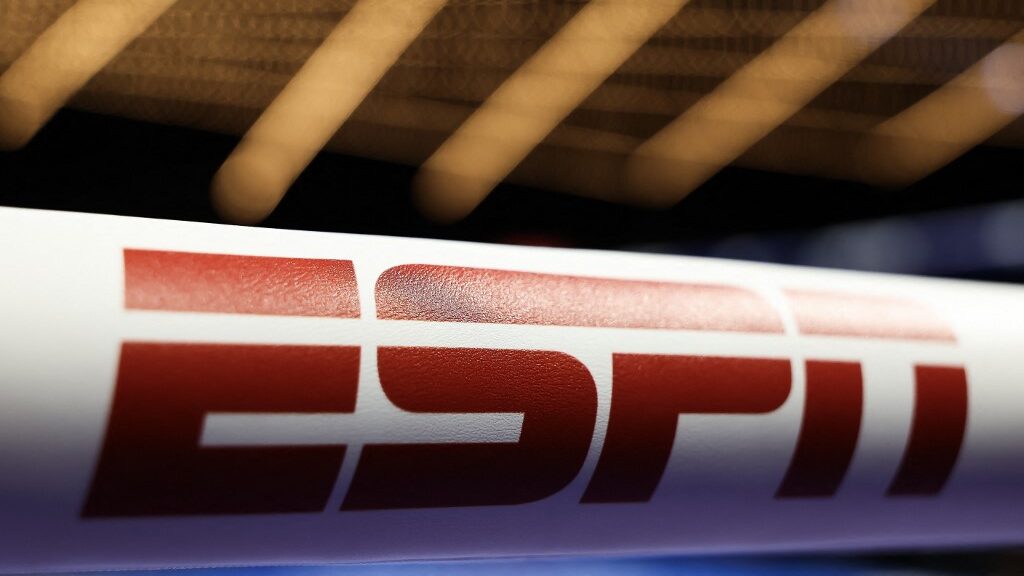
It has only been a little over three years since the Professional and Amateur Sports Protection Act (PASPA) was overturned by the Supreme Court, paving the way for legal sports betting throughout the United States, no longer confined to Las Vegas and smaller niche areas.
And while not all states have been eager to hop aboard the gravy train, money talks and as non-participating states ogle the skyrocketing revenues derived from sports betting the more apt they will be to join in all of the fun. As of this writing, more than half the states in the nation have licensed sports betting operators conducting business within their boundaries and there are more on the way.
Naturally, the increased tax revenue enjoyed by the individual states is the sole reason why they have embraced the once shadowy realm of sports betting, we should note other industries are benefitting as well. And while a case could be made for the local sports bars that may be seeing increased traffic due to their patrons now having a vested financial interest in the games being shown on their big flat screens, another industry is getting a direct boom to their bottom line.
Explosive Growth
We speak, of course, of the advertising business and the nearly half a billion dollars spent by gambling entities on advertising of all kinds from November 2020 to November 2021. Television ads gobbled up nearly 70 percent of those advertising dollars which is an increase of 61 percent over and above from November 2019 to November 2020.
Phil Gaughran, Global Head of Brand & Communications at Dentsu International, a creative marketing solutions company, said, “We see explosive growth on the horizon for the sports betting category in the U.S. Different from Europe where sports betting shops can be found in every village, town and street corner, the U.S. has kept betting to specific locations such as casinos and sportsbooks.
“Now that the laws are changing, and rapidly, state by state, there is huge money to be made, and marketing dollars will follow. We see the U.S. potentially leapfrogging other countries as accessibility for betting comes into the home, not just simply around the corner from the bar.”
Collateral Winners
And as the online platform providers and sports betting operators like DraftKings, FanDuel, BetMGM, and a whole host of others vie for the ever-expanding piece of the sports betting pie, the ad agencies, creative designers, production companies, and industry analysts are also the beneficiaries of this nascent U.S. industry.
Todd Krizelman, MediaRadar co-founder and CEO of MediaRadar, offered his perspective on the new advertising boom, “The regulatory environment has become increasingly friendly to betting platforms. As a result, we’re seeing increased ad investment to attract gamblers. Additionally, as platforms begin to accept digital currency and use VR to enhance the gaming experience, there are substantial opportunities to attract new audiences. While we think brick-and-mortar casinos will continue to struggle at the beginning of the year, we expect the overall gambling industry to continue to grow in 2022 and beyond. This will likely lead to the continued increase in advertising investments across the industry.”
The sports betting industry in the U.S. is just starting to spread its wings and it appears as though it will be flying high for years to come.















